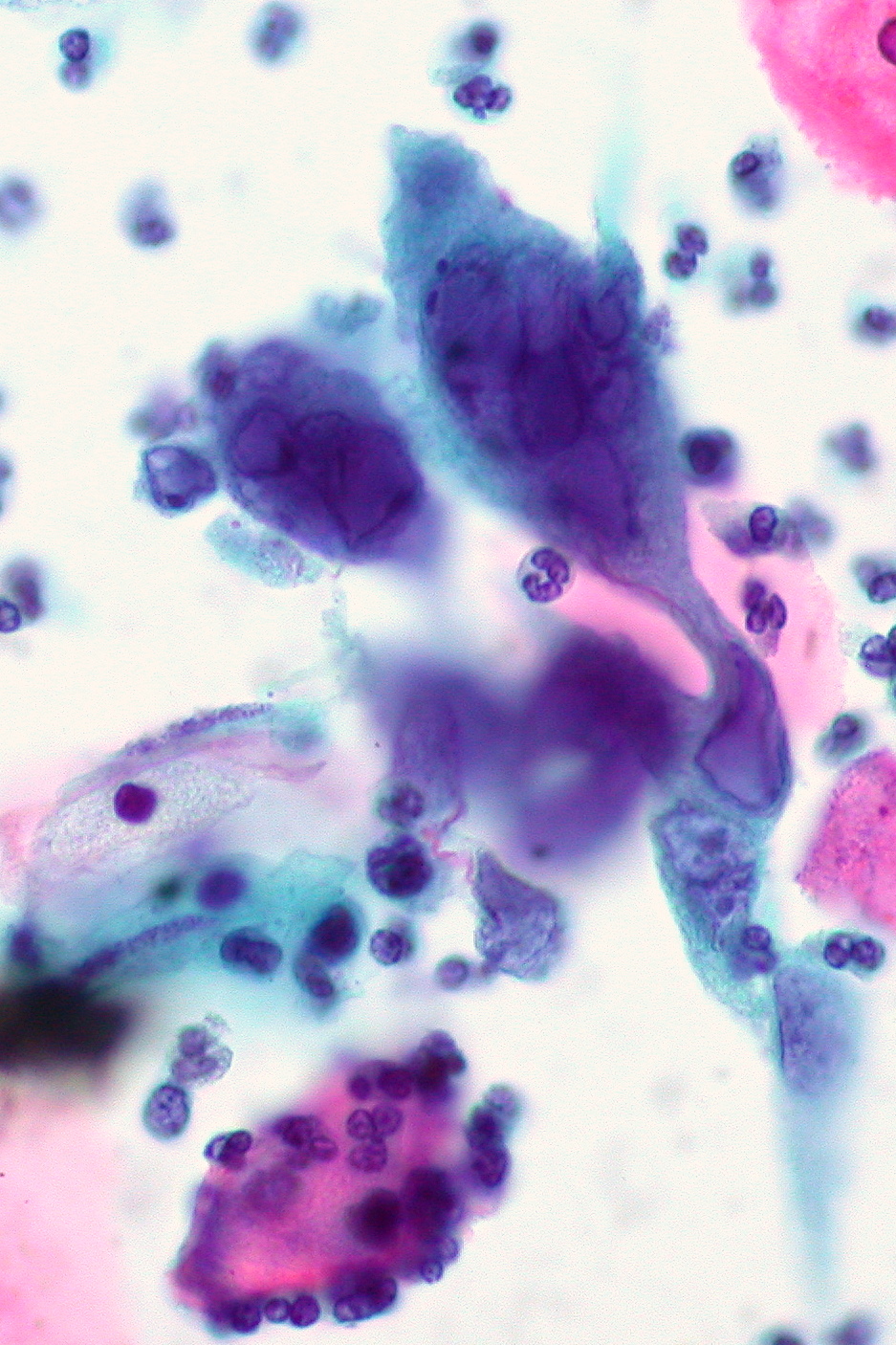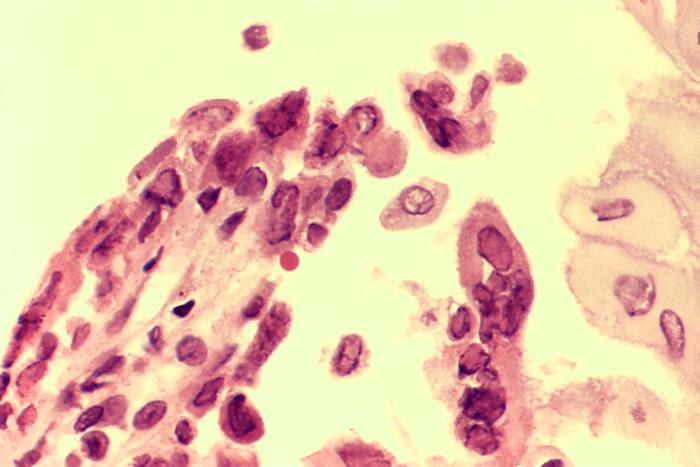Playlist
Show Playlist
Hide Playlist
Genital Herpes: Definition and Epidemiology
-
Slides GenitalHerpes InfectiousDiseases.pdf
-
Reference List Infectious Diseases.pdf
-
Download Lecture Overview
00:01 Continuing now with our discussion of sexually transmitted infections, we turn to genital herpes simplex infections. 00:11 90+ percent of the human population has been exposed to herpes simplex type I, which is usually transmitted to us as infants and produces an ulcerative mucosal disease of the mouth and lips that is transmitted from the kiss of somebody who’s got a fever blister on their lip. 00:41 But what we’re talking about today is the sexually transmitted viral infection in which similar symptoms occur that are acute, recurrent, painful, and clustered genital vesicles which ulcerate, and also with low-grade fever and regional lymphadenopathy -- the sexually transmitted version of herpes simplex -- herpes simplex type 2. 01:08 As you can see from the map, this is a highly prevalent disease worldwide and there’s been a pandemic of this disease over the past two decades. 01:21 About 23 million new cases per year worldwide. 01:26 And look at the seroprevalence of this disease – 17 percent of adults. 01:32 Indeed, this is the most common sexually transmitted disease bar none. 01:40 The lifetime incidence does vary among various populations – 25 percent in white women, 20 percent in white men – but look how over-represented black women are, 80 percent, and black men, 60 percent. 01:59 This infection is caused by herpes simplex virus type II like its cousin, an alpha herpes virus, double-stranded DNA virus. 02:11 Here, you can see an electron micrograph of what the virus looks like. 02:19 Genital herpes is spread person-to-person through intimate contact – genital-to-genital. 02:28 And the virus is inoculated on to the susceptible mucosal surfaces, or through small skins cracks shown here in panel 1. 02:39 And then replication begins in the cells of the epidermis and the dermis. 02:46 And then following that, the nerves are infected – the sensory and autonomic sensory endings – and that’s what causes the potential for a life-long reactivation of this infection because, during reactivation, the virus is then transported via the axons to nerve cell bodies in the regional ganglia, where there’s high-level replication. 03:13 And I think you can see now the potential for the virus then tracking back down these sacral root ganglia and back out onto the skin in recurrences.
About the Lecture
The lecture Genital Herpes: Definition and Epidemiology by John Fisher, MD is from the course Genital and Sexually Transmitted Infections. It contains the following chapters:
- Genital Herpes – Definition and Epidemiology
- Genital Herpes – Pathology
Included Quiz Questions
Which of the following populations in the United States has the highest seroprevalence of herpes simplex virus II?
- Black women
- Black men
- White women
- White men
- Hispanic men
Which of the following is NOT a typical symptom of infection with primary herpes simplex virus II?
- Tissue necrosis
- Painful vesicles
- Low grade fever
- Regional lymphadenopathy
- Dysuria
What type of a virus is herpes simplex?
- Double stranded DNA virus
- Single stranded DNA virus
- Positive sense RNA virus
- Negative sense RNA virus
Where is the primary site of replication of the herpes virus?
- Local tissue near the entry site
- Dorsal root ganglia
- Sensory nerve endings
- Autonomic nerve endings
- Spinal cord
Customer reviews
5,0 of 5 stars
| 5 Stars |
|
5 |
| 4 Stars |
|
0 |
| 3 Stars |
|
0 |
| 2 Stars |
|
0 |
| 1 Star |
|
0 |





